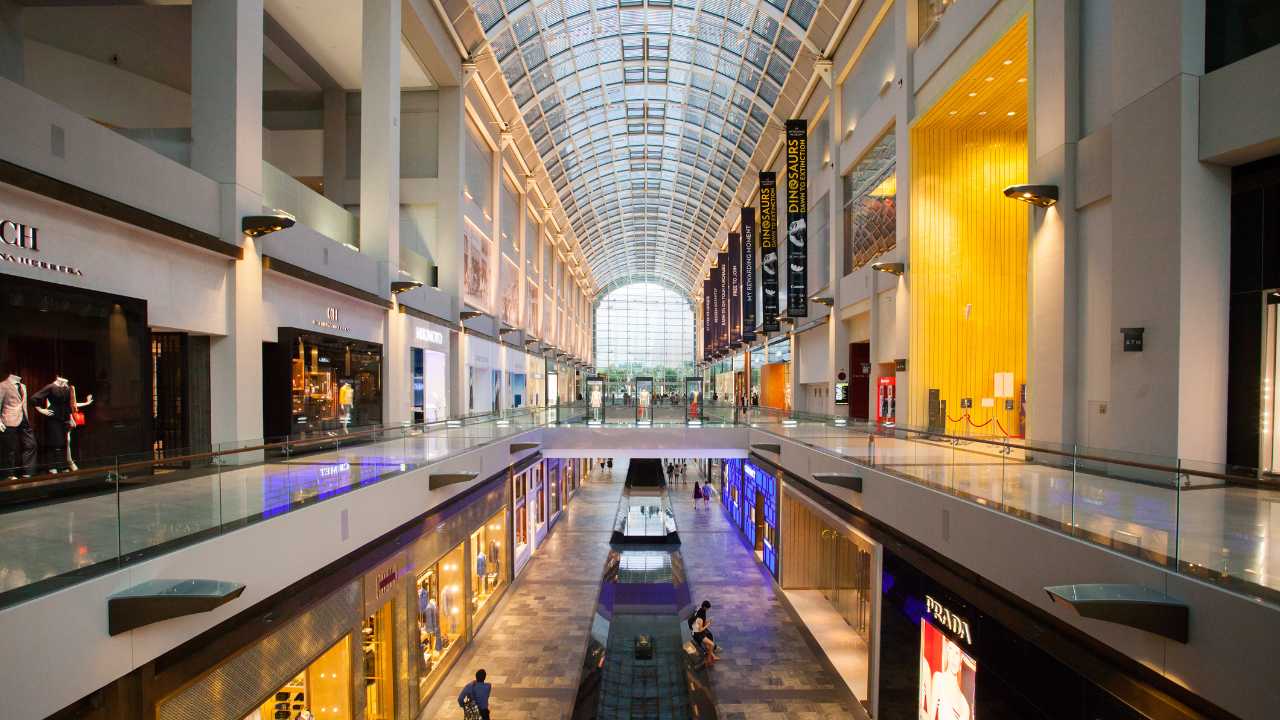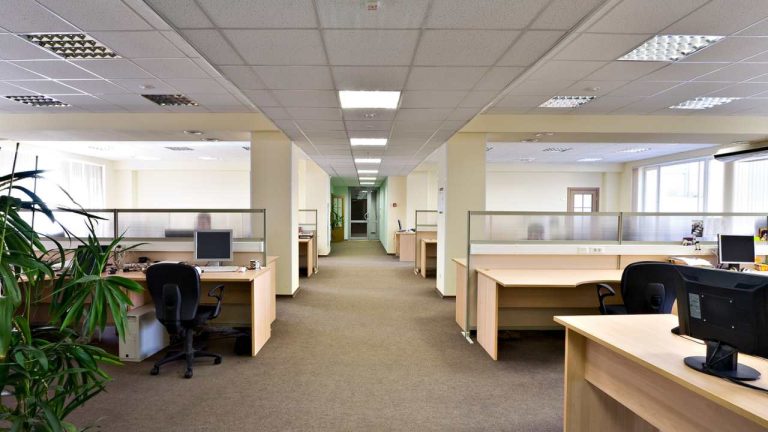Resolving the Opportunities of the Tenant Mix in Shopping Malls
When it comes to leasing, and managing any shopping centre, take the time to establish and implement a tenancy mix and tenant retention process. It is a wise business strategy to use to boost property and retail performance.
In focusing on the tenant mix, you can improve the financial performance of the property and reduce the vacancy factors. That will then allow you to show the client where certain small adjustments made with their property can strengthen the asset over time.
Ultimately, the factors of rental stability and occupancy are the two main elements of property performance in any shopping centre. They are the indicators that you should be looking at and working towards.
Understand the property and the opportunities available within the tenancy mix and across the business types; work those opportunities comprehensively. There are tenants to talk to, vacancies to resolve and sales figures in the MAT (moving annual turnover) to improve.

Contact with Tenants
Keep in touch with your tenants on an individual level. In any retail shopping center, tenant communication is essential on a regular basis so that you know what is happening.
Stay in touch with all your tenants so that you can understand how their business and retail sales are evolving throughout the year.
Develop a contact process where you can meet with all your tenants at least monthly, and where necessary more frequently, particularly when matters are identified as problems or as upcoming occupancy challenges.

A Thriving Shopping Centre
A successful tenancy mix and group of tenants will allow a shopping centre to thrive over time; that is a fact to be respected and optimised. So, how can you make this a specific business process in retail leasing and property management?
You can have a special strategy of contact and review relating to the property. Consider the tenancy mix comprehensively to understand what is happening with all the following factors:
- Business activity: As the Internet changes the retail shopping landscape, be aware of the impact that the Internet will have or is having on tenancy types. Some tenancies will consequently be of less future value in the overall tenancy mix and the trade of the shopping centre. Over time, you will see a decline in sales for some of those tenants. Many goods and services can be purchased across the Internet, and that will impact the future trade of some of your tenants. If you are tracking the sales trends in the shopping centre across merchandise groups, you will soon see sales decline or shifts in merchandise segments or tenancies. Plan for the pressures and changes in merchandise groups due to online shopping.
- Tenant sentiment: Understand what tenants are thinking about customer attitudes, sales, other tenants, the shopping centre marketing program, and competing properties nearby. In any larger shopping centre, tenancy sentiment needs to be under control and well directed. That is the job of the shopping centre manager. The marketing manager for the property will also have something to do with that observation, control and optimisation process.
- Sales and turnover: Track the sales and the turnover activity for each tenant and each of the merchandise groups within your shopping centre. Look for the shifts and changes occurring throughout the year. Prepare the tenants for any identified shifts in retail trade and customer interest.
- Customer concerns: The observations and feelings of customers will be reflected in sales. Ultimately you want the customers to come back to the property regularly and frequently. The marketing process for a property will help you achieve that. Undertaking customer surveys on a six-monthly basis will also help you understand the shifts and the changes in customer sentiment throughout the year. The tenants in the property will also be aware of what customers are thinking and doing. Stay in touch with both your customers and your tenants.
- Expansion or contraction requirements: Every tenant will have specific occupancy needs at some stage when it comes to expansion or contraction. They may be selling greater volumes of stock and thereby finding frustration with storage and or shop floor area. That can also be a seasonal problem for some tenants, so be aware of the pressures. Look for the pressures of occupancy, sales, and customer service. Use the vacant tenancies in your property to help any other tenants that might be under seasonal sales and occupancy pressure.
- Lease expiry profile: Track the existing leases in your shopping centre particularly when it comes to lease expiry dates, rent reviews, and options to renew. Negotiate all those factors well in advance. Avoid vacancies in the shopping centre where ever possible.

Summary of Leasing
There are some things here that you can do with your tenant mix.
Ultimately, a professional tenant management process will help position you as a specialist broker or agent in leasing skills and lease optimization. Are you ready to build your brand?







